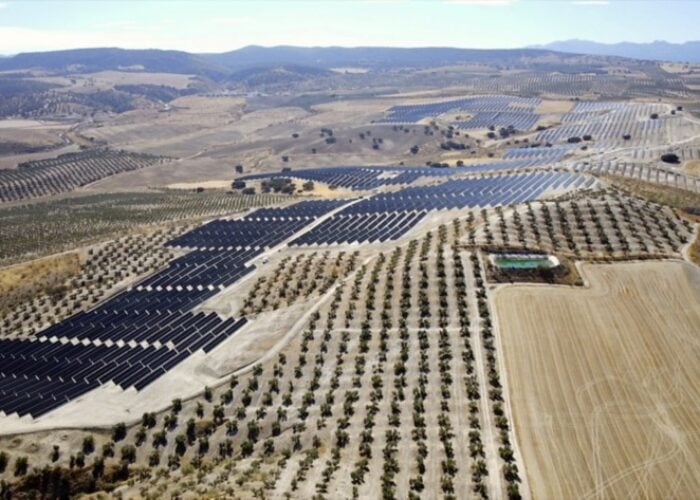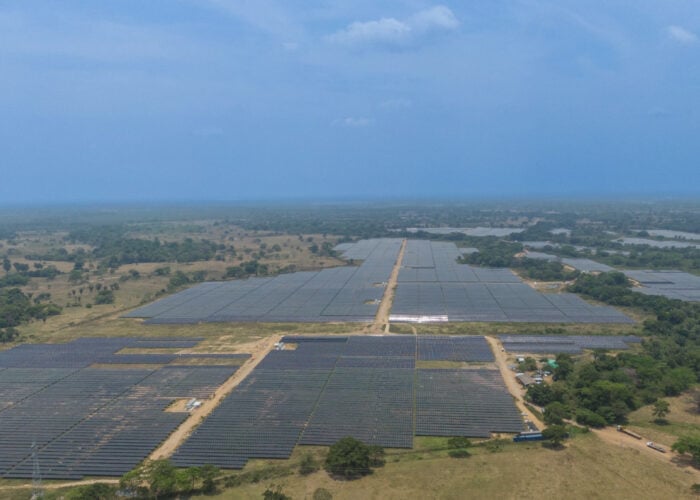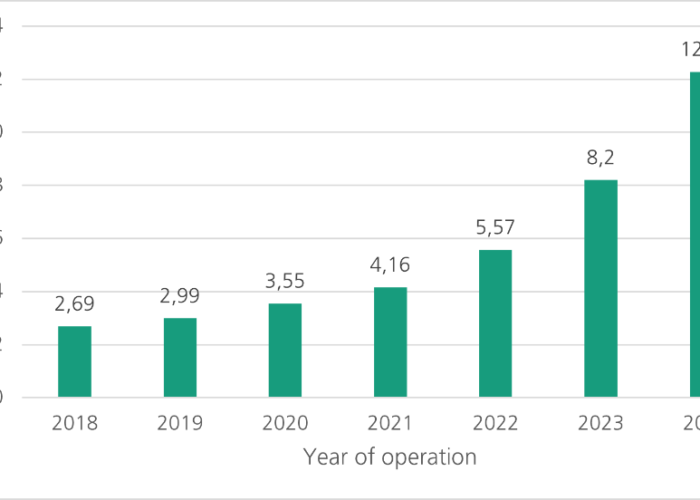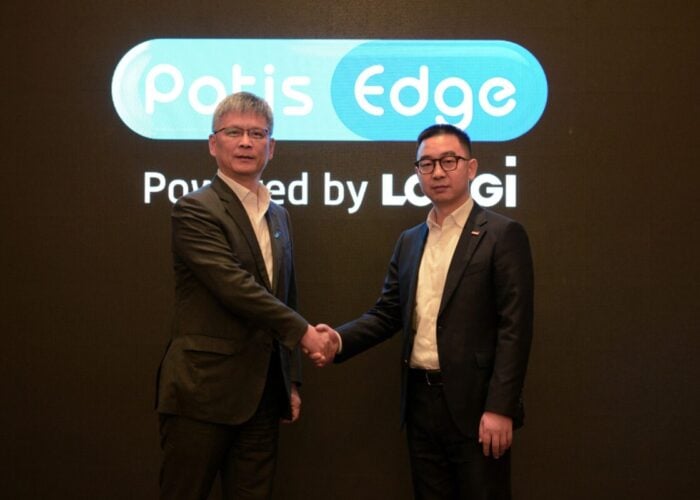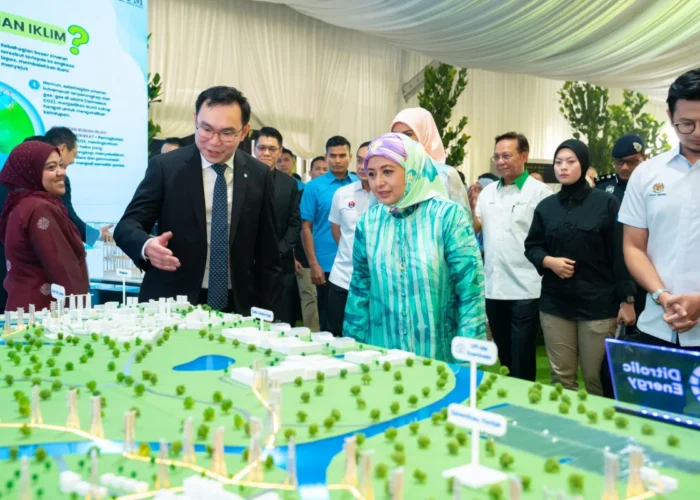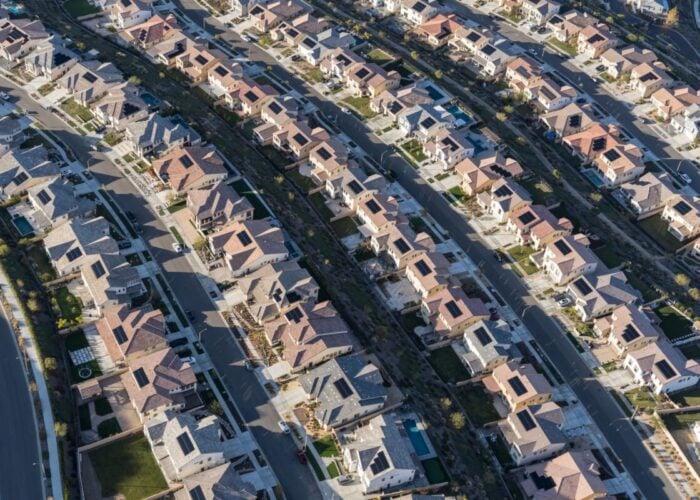
The Spanish government has approved a series of measures aimed at reinforcing the electrical system and strengthening the supervision of operators.
A week after the Ministry for the Ecological Transition and the Demographic Challenge (MITECO) released the results of its investigation into the Iberian blackout that occurred on 28 April 2025, it has approved measures that will boost energy storage, flexibility and the promotion of electrification, including self-consumption of onsite renewable generation.
Try Premium for just $1
- Full premium access for the first month at only $1
- Converts to an annual rate after 30 days unless cancelled
- Cancel anytime during the trial period
Premium Benefits
- Expert industry analysis and interviews
- Digital access to PV Tech Power journal
- Exclusive event discounts
Or get the full Premium subscription right away
Or continue reading this article for free
“The Spanish electricity system had everything it needed to function properly on 28 April. But we have conducted an analysis that allows us to move forward with measures that will better protect us, proactive measures,” said MITECO’s minister, Sara Aagesen Muñoz.
Through a royal decree-law, the Spanish government requested the National Commission on Markets and Competition (CNMC in Spanish) to conduct an inspection in the fields of voltage control and service rotation, while requesting Red Eléctrica, the transmission system operator (TSO) to develop proposals for regulatory changes on power flucutations – such as the ones occurred minutes before the blackout – and rate of voltage variation among other elements.
MITECO has also tasked the TSO to develop a new operating procedure to coordinate the development plans for both the transmission and distribution networks. All these technical measures will have to be ready within the next three to 15 months.
The measures approved yesterday (24 June) by the Spanish government have been welcomed by the trade association Spanish Photovoltaic Union (UNEF).
“It will provide greater stability, robustness, and flexibility to the electricity system and will allow renewable energies to play an important role in it.
“This will offer us greater security of electricity supply and energy independence and will advance us in the fight against climate change,” said UNEF’s general director, José Donoso. “It will be essential to complete the entire regulatory framework and adapt it to the current development of photovoltaic energy,” he added.
Another measure highlighted last week is the reform of the ‘Operating Procedure 7.4’ which will allow renewables to contribute towards voltage control on the grid. This was recently approved by the CNMC.
According to UNEF, due to the widespread of solar PV plants across Spain, solar PV is “well suited to providing this service to the network”.
Hybridisation with energy storage
Furthermore, energy storage does not remain behind, and the Spanish government has promoted a measure that will boost the technology and facilitate its hybridisation with other technologies. This will be achieved through a faster administrative process, with projects overseen by the General State Administration, which could see the process cut by half, said MITECO.
The Spanish trade association welcomed the measures, stating that the regulation will help the development of energy storage in a “quickly and rational [fashion], as it facilitates the hybridisation of batteries with existing plants, allowing for their development in the short term and contributing to their stability.”
Furthermore, MITECO also approved a series of measures aimed at promoting the electrification of the Spanish grid. In order to better adapt the electrical infrastructure to the needs of the production industry, the planning of the transmission network will be reviewed every three years, with modifications on specific aspects to be approved every two years.
Finally, in order to boost self-consumption, the government has increased the maximum distance between generation and consumption to 5km for facilities under 5MW.

